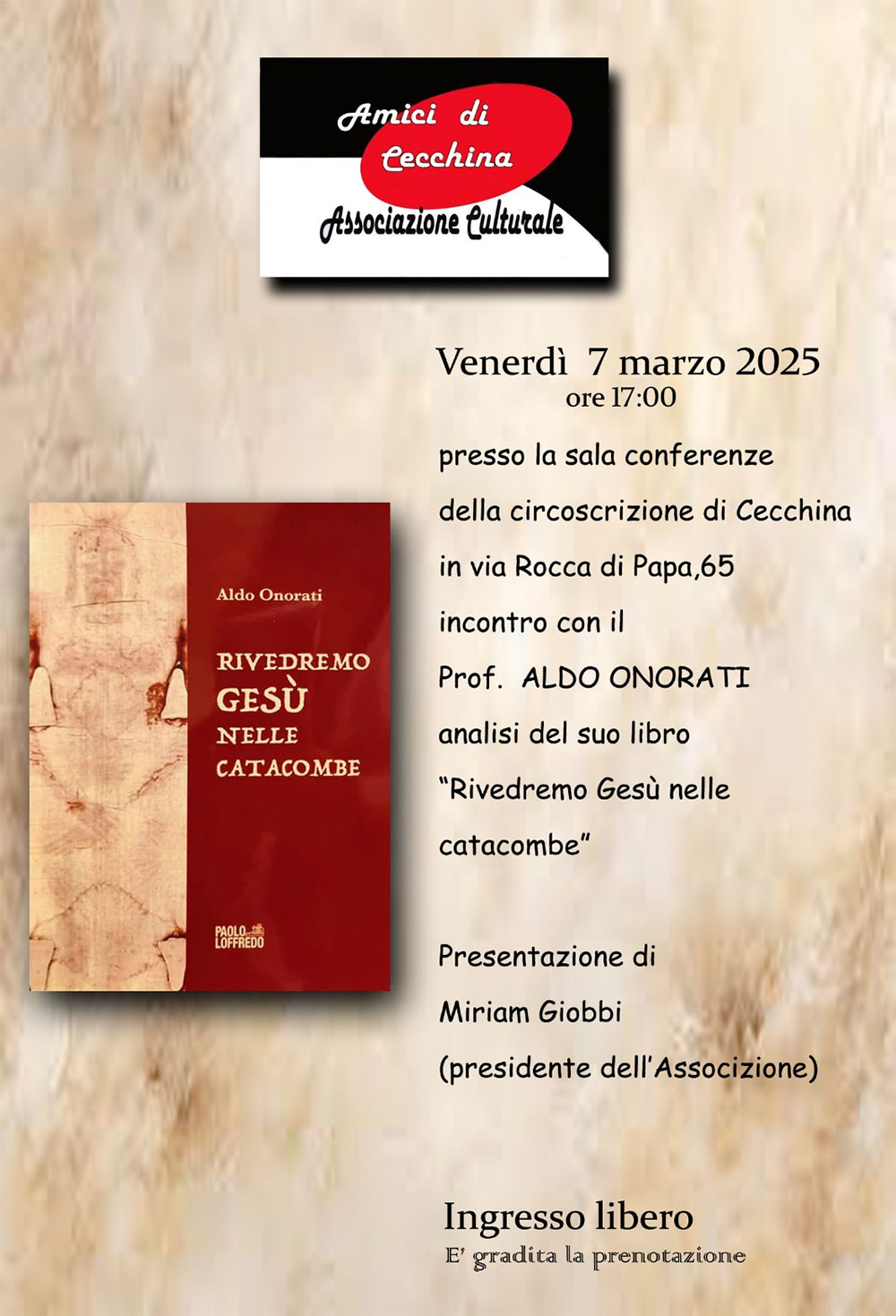 Paolo Loffredo, sixth generation of a large family of publishers and booksellers engaged in the production and distribution of books since the late nineteenth century, creates in 2012 the new editorial company Paolo Loffredo Editore. The historical site was until the '80s in the heart of the historic centre of Naples in Via San Biagio dei Librai, lower Decumano and also known as the SpaccaNapoli.
Paolo Loffredo, sixth generation of a large family of publishers and booksellers engaged in the production and distribution of books since the late nineteenth century, creates in 2012 the new editorial company Paolo Loffredo Editore. The historical site was until the '80s in the heart of the historic centre of Naples in Via San Biagio dei Librai, lower Decumano and also known as the SpaccaNapoli.
At the beginning of the twentieth century, Giuseppe Loffredo decided to add book selling to the book production, which definitively imposed itself after World War II with the publication of manuals for the University and for the School that succeeded in establishing themselves soon throughout Italy.
LAST EVENT
"Rivedremo Gesù nelle catacombe"
07 Marzo 2025 - Sala Conferenze circoscrizione di Cecchina - via Rocca di Papa 65, Albano Laziale (RM) - ore 17,00

Pamela Nubile Pamela Maritata
ISBN 78-88-32193-49-7
Language: Italian
Publisher: Paolo Loffredo Editore Srl

Description
Pamela Nubile Pamela Maritata
In the european imaginary during the middle XVIII century, the figure of the virtuous servant Pamela bursts with the strength and effectiveness of the myth, on the wake of the novel “Pamela or the rewarded virtue” (1740) by Samuel Richardson.
The Neapolitan playwright Francesco Cerlone, for so long labelled ad Goldoni’s Neapolitan epigone, has written on that two comedies full of plot twists and adventures, eceltic and heterodox compared to the principles of the Goldonian reform, in which the dialectical writing is alternating to a literal Italian, far from the used one.
The diptych Pamela unmarried-Pamela married, right because of the comparison with the Goldonian dramaturgical and linguistic model, is a singular case in the wide Cerlonian production and is here showed for the first time in a critical edition with linguistic commentary.
Reading the texts and the language analysis allow to know better the most important Neapolitan author from his time. He had the merit of broadening the horizons of a popular theatre which was living a crisi, dried up by the prolongation of a “baracconesque” spectacle, proposing new plots and unpublished characters and imposing a different way od playing theatre, marked by a stenuous work on the text and on the staging.



